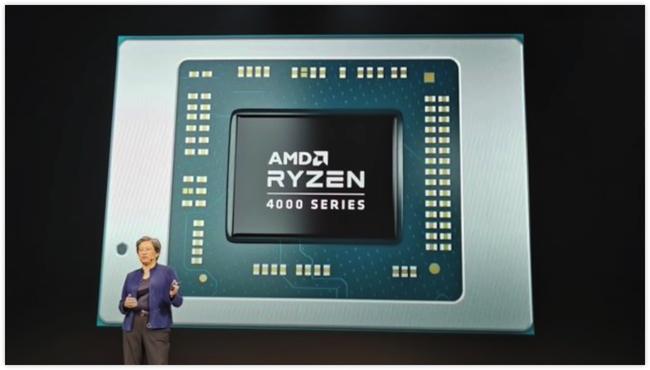Why Intel lost to AMD.Existence of "two genius engineers" who were in the back of the big reversal play
AMD has the momentum to overwhelm Intel in the PC market. However, Intel dominated the PC CPU market from the late 2000s to the early 2010s. AMD, on the other hand, was rarely considered an Intel competitor until around 2016.
So why did Intel lose to AMD? This is explained by the YouTube channel "Wall Street Millennial" that deals with overseas investment information.
* Category: Technology technology * Source: Wall Street Millennial
The rise of Intel and the growth of AMD
◇ Why Intel was able to grow into a giant company
Intel was founded in 1968 by Gordon Moore and Robert Noyce. Gordon Moore is a pioneer in the field of semiconductors and is also famous for inventing Moore's Law. Moore's Law states that the number of transistors on a microchip doubles each year.
Intel succeeded in developing DRAM (Dynamic Random Access Memory, which is also used in today's PCs) in 1971. However, in the 1980s, DRAM competition intensified and memory prices fell. Here, Moore, then CEO, decided to shift the focus of the company from memory to the processor (CPU).

Intel has developed a processor called "i386" that uses the x86 architecture extended to 32bit, which is a great success. Intel continued to grow in this area and was dominant in the semiconductor industry until the early 2000s.
◇ AMD's first rise and Intel's “anti-competitive strategy”
However, from the early 2000s, a small company at the time, AMD, began to take Intel's market share. AMD has grown rapidly, surpassing Intel in 2005 in its desktop CPU market share.
AMD's processors at the time were much lower quality than Intel, but AMD gained market share as a low-cost processor.
Intel feels threatened by AMD, but instead of cutting the cost of its products and competing head-on with AMD, it uses market power to hamper AMD. When they introduced a competitor's CPU (that is, AMD's processor), they threatened many PC makers who were their business partners when they could not receive benefits such as discounts, technical support, supply guarantees, and patent liability compensation.
In addition, they even bribed major retailers and manufacturers to stop or postpone the launch of products with competitors' CPUs. In addition, he designed a compiler that generated object code that slowed down on competitors' CPUs, and blamed the performance difference on the competitor's CPUs, not the compilers.
Thus Intel has chosen to block AMD by any means, and in fact this has worked. By 2008, Intel was able to regain market share lost to AMD in the early 2000s.
◇ Intel starts stalling due to mobile business failure
Intel has been doing well so far, but it will make a big mistake in the processor business of the smartphone market that entered in 2011. In 2016, the company's smartphone division ran out of funds and finally decided to dismiss thousands of employees and shrink its business. This damage also affected Intel's core business, the desktop PC market.
In addition, Intel's anti-competitive acts have begun to be repelled, and various measures such as fines have been taken by the Japan Fair Trade Commission and the European Commission. Regulatory oversight has also been strengthened, and anti-competitive behavior is no longer viable as Intel's future business strategy.
To maintain the market, Intel will begin a major investment in a 10nm process CPU called ice Lake. However, manufacturing 10nm chips was more difficult than expected, and due to the exhaustion caused by the aforementioned failures, the announcement was made at the end of 2019, three years behind the original target. Furthermore, even after the announcement, full-scale production was delayed until 2021 due to manufacturing problems.
Meanwhile, Intel was forced to use the outdated 14nm skylake infrastructure. While Intel was challenging its goal of 10nm, amd embarked on a plan to seize Intel's dominant position in PC chip technology.
Two people who succeeded AMD's top secret plan 1 2